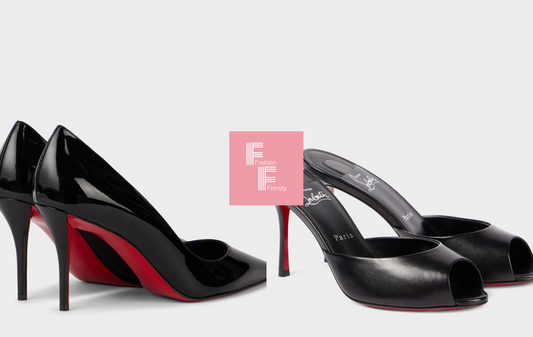When it comes to makeup and skincare, terms like "non-comedogenic" and "comedogenic" frequently pop up. But what do they mean, and why should you pay attention to them? Understanding the differences between these types of products can greatly influence your beauty routine, especially if you have sensitive or acne-prone skin. Let's dive into the details, breaking down the science behind non-comedogenic and comedogenic makeup products to help you make informed choices.
What Are Comedogenic Products?
Comedogenic products are those that can clog pores, leading to the formation of comedones - essentially acne. These products often contain oils or certain ingredients that are heavier in texture. For individuals with oily or acne-prone skin, using comedogenic makeup can exacerbate breakouts and lead to skin irritation. Knowing how and when to use these products is essential, especially if you’re battling skin concerns.

Ingredients to Avoid
Understanding specific ingredients that are known to be comedogenic can help in selecting the right products for your skin type. Look out for substances like coconut oil, lanolin, and certain silicones which tend to obstruct pores more readily. Reading labels and understanding the components of your cosmetics can help you avoid skin problems down the line.
c
Non-comedogenic products, as the name implies, are formulated specifically to avoid clogging pores. These products are typically lighter and may contain ingredients that help to keep skin hydrated without causing breakouts. Non-comedogenic formulations are often recommended for oily or acne-prone skin types, allowing individuals to enjoy makeup without fear of exacerbating existing skin issues.

How to Identify Non-Comedogenic Products
To identify non-comedogenic products, check for labels that state "non-comedogenic" directly. Additionally, look for products that incorporate water-based formulas, and avoid those that list heavy oils as their primary ingredients. Ingredient lists are crucial! Focus on those that are known for their non-greasy and breathable qualities, such as hyaluronic acid, glycerin, and certain mineral oils.

The Skin Type Factor
Your skin type plays a significant role in determining whether you should use comedogenic or non-comedogenic products. For instance, if you have dry skin, you may find that certain comedogenic products, which provide extra hydration, work well for you. On the other hand, if you have oily or combination skin, opting for non-comedogenic options will likely yield better results in maintaining clear skin.
Personal Preferences and Lifestyle

When considering makeup products, personal preferences and lifestyle choices are equally important. If you love a full-coverage foundation and your skin responds acceptably to a specific comedogenic product, it may be worth keeping in your routine, especially for special occasions. Alternatively, if you prefer a natural look and have sensitive skin, non-comedogenic options might be the way to go.
Makeup Application Techniques
Even when using non-comedogenic products, the technique of application could make or break your look. Always ensure to start with a clean, well-moisturized face. Using tools like brushes or sponges can yield better results, as they allow for even application and reduce the risk of clogging pores compared to using fingers.
Final Thoughts
In selecting between non-comedogenic and comedogenic makeup products, understanding your skin type, reading labels diligently, and being in tune with your skin's reactions is key. Establish a routine that works for your skin, and don’t be afraid to switch things up based on your needs or dermatological advice. Beauty should never come at the cost of your skin's health; with the right knowledge, you can achieve a flawless look without compromising your skin.











